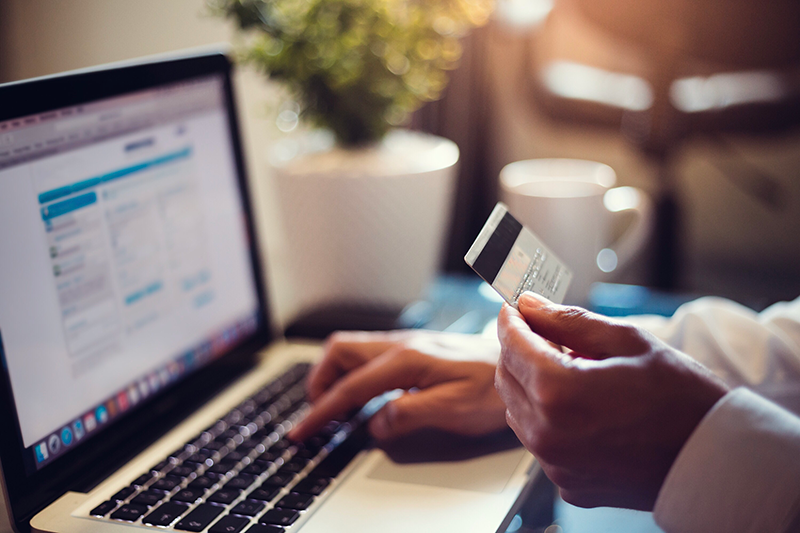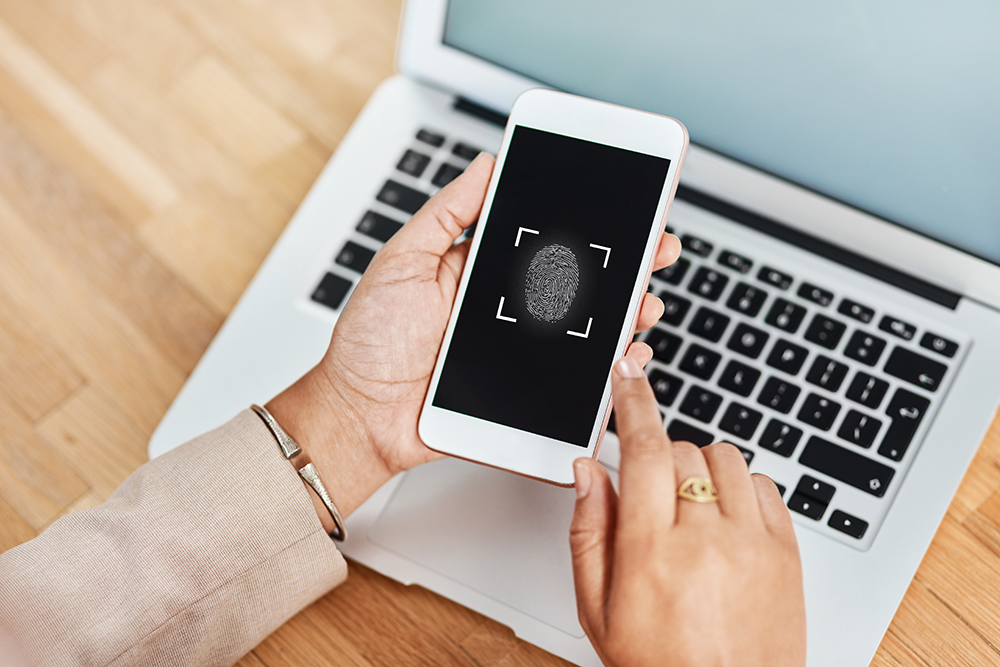
Are You Monitoring Your Credit Card?
A New Scam is Gaining Traction
Are you monitoring your credit card statements regularly? Some of us don’t, even though we know we should. Perhaps now, more than at any other time, you should pay close attention to your accounts as you could be losing funds to fraudsters who have found new ways of replicating your card number to get access to your money, without having to skim your card.
BIN scamming is on the rise.
Here’s how BIN scamming works:
In a BIN attack, a style of scamming, a fraudster takes the first six numbers and runs software to generate the rest of the numbers. A bank identification number (BIN) is the first six or four numbers of a credit card number. These numbers identify the issuing bank and card network. The rest of the card’s numbers are computer-generated and unique to every cardholder.
After the fraudster identifies a full account number, they’ll test it by making small online purchases to determine whether the card is valid. Upon successful credit card testing, the fraudster will then extract as much money as possible, making larger purchases until there’s nothing left or fraud is detected.
Ways to spot BIN scamming:
There are several ways to identify BIN scamming, including:
- Review your statements for a considerable number of low value or similar value transactions attempted in a short period of time.
- Pay attention to multiple transaction declines.
- A large volume of international card transactions.
- Unusual timing of the transactions (usually in the early hours of the morning).
Actions you can take:
While attempts cannot be prevented, follow these basic security measures which will protect you from fraud. Along with your vigilance and proactive approach, attempts by fraudsters to use your card will fail. Here are some other ways, you can help to prevent fraud:
- Monitor your accounts regularly to identify any unusual activity.
- Review SMS alerts sent to your mobile phone.
- If you receive a successful transaction alert that you did not initiate, report it immediately to our Customer Support Team to have the card blocked and file a dispute.
Contact our member care team immediately if you notice any unauthorised transactions on your account.
Check out more stories like this

Pay Attention! Expert Calls Jamaicans to Heed Mental Wellness of Men and Boys
Mental health expert Dr Marlon Simpson is calling for urgent...

When Push Comes to Shove! Protect Yourself from MFA Fatigue Attacks
Multi-Factor Authentication (MFA) is one of the best ways to...

Salvation Army, Harvest Time and Cooreville Benefit from JN’s Labour Day Efforts
In observance of this year’s Labour Day, the JN Circle...